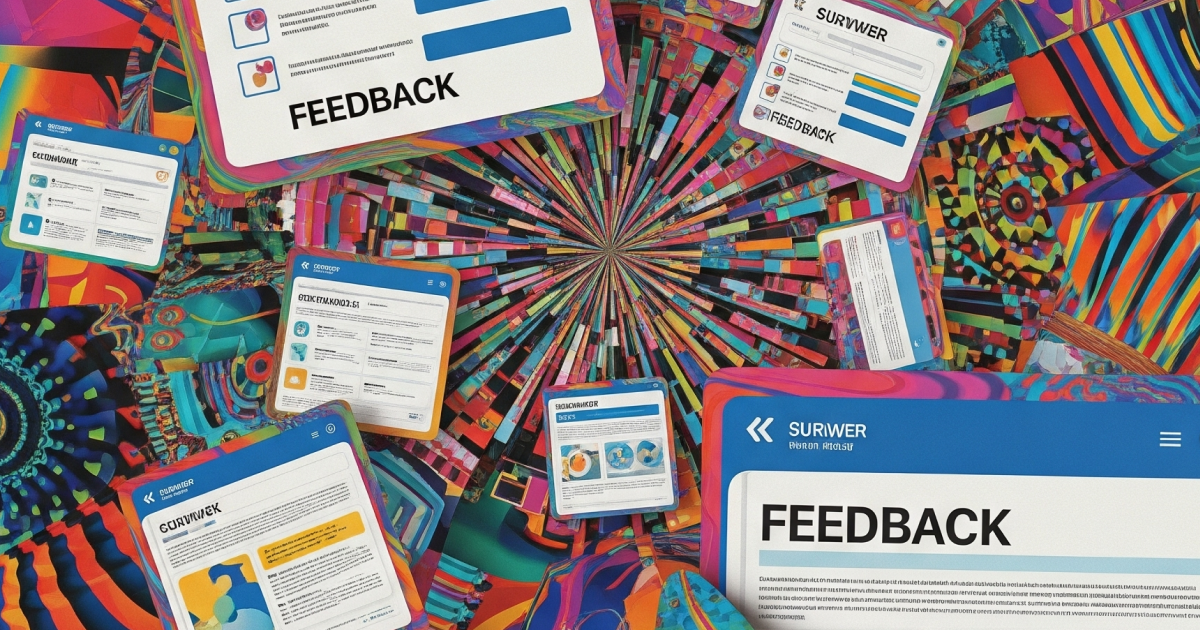How Small Businesses Can Gather and Use Customer Feedback Effectively

As a small business owner, it’s easy to get caught up in the day-to-day of running things. But one of the most powerful tools for improvement and growth is also one of the simplest: asking your customers what they think. Seems simple, but, imagine the number of business that are not collecting feedback. Is yours one of them?
Whether you run a café, a salon, a retail shop, or a repair service, gathering feedback helps you understand what’s working, what’s not, and what your customers actually care about. So let’s dig into the big questions: Do you gather feedback? Should you? And how can you do it in a way that makes a difference?
Do You Gather Customer Feedback?
Some businesses make it a habit to ask their customers how things went. Others might assume they’d hear complaints if there was a problem. But relying on silence can be risky—many unhappy customers just don’t come back, and you never find out why.
If you’re not actively collecting feedback, you’re likely missing insights that could help you improve service, train staff, adjust prices, or spot trends. The good news? It doesn’t have to be complicated.
Should You Be Gathering Feedback?
The short answer is: yes.
Even if business is going well, feedback gives you a more honest picture than assumptions ever will. It helps you:
- Identify small issues before they become big ones
- Spot what people love, so you can double down on it
- Show customers you care and are listening
- Build a culture of continuous improvement
In service-based businesses like grooming or hairdressing, feedback helps tailor your service to individual needs. In retail, it can inform stock choices, store layout, or opening hours.
How Can You Gather Feedback?
There’s no one-size-fits-all. Here are a few common (and simple) ways businesses gather feedback:
1. In-Person Conversations
One of the most natural ways—just ask. “How was everything today?” or “Was there anything we could’ve done better?” It’s direct and human, but make sure to jot down anything meaningful.
2. Paper Feedback Forms
You’ll still see these in waiting areas, counters, or near checkouts. Keep them short (3-5 questions max), offer a pen, and make the collection box visible.
3. Digital Surveys
QR codes on receipts or signage can link to a quick form. Tools like Google Forms or Typeform are free and easy. Emailing a short survey post-visit works too. The key is to make it short and mobile-friendly.
4. Social Media & Online Reviews
Customers are already talking—you just need to listen. Monitor reviews on Google, Facebook, Yelp, or wherever your business is listed. Even comments on posts or DMs can offer useful feedback.
What Makes Feedback Collection Work?
A few best practices:
- Ask specific questions (e.g., “How did you find the check-in process?” rather than “Any thoughts?”)
- Keep it short—2 minutes max
- Make it easy and accessible
- Ask at the right moment—right after a visit, purchase, or service
What Do You Do With Feedback?
Collecting feedback is only useful if you do something with it. Here's how:
- Read it regularly—set time each week to review
- Look for patterns—not every comment needs action, but trends matter
- Act on it—make changes, big or small
- Close the loop—let customers know you heard them (“We’ve added more seating after hearing your feedback!”)
Showing that feedback leads to action builds loyalty. Customers feel valued—and that leads to more business.
Final Thoughts
You don’t need a big system or fancy tools to start gathering feedback. A simple form, a QR code, a quick question at the counter—it all adds up. Listening to your customers is one of the smartest moves you can make, no matter the size of your business.
So, do you gather customer feedback? If not—maybe today’s the day to start, Loytu have certainly started and the impact it's having is massive.
Until next time, stay inquisitive.

